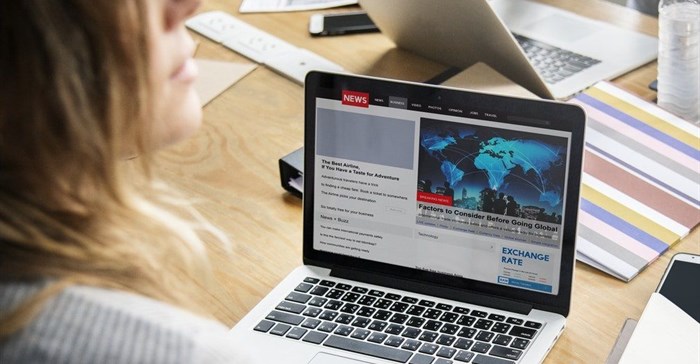All around the globe, brands have come under increasing scrutiny for (inadvertently) funding fake news. While it's an issue that has deservedly received a lot of attention, brands also need to know that there are other websites that their ads shouldn't be appearing on, and how they can stop it from happening.
While fake news has dominated the conversation when it comes to ads for big name brands appearing in the wrong places, it shouldn’t be the only cause for concern.
Would a high-profile investment firm, for example, want their ads appearing on a Russian dating site? Or that of a service which facilitates casual hookups?
At the heart of the issue is a term called ‘brand safety’. It’s one you’ll hear a lot more about in the coming years, and with good reason too.
Reputation matters
Brand safety is, simply put, the strategy put into place to help ensure that online ads or associations do not appear on websites or in videos and articles that may conflict with a brand’s image, mission or goals.
Fake news is just one in a long list of online categories brands should look to avoid at all costs.
As a recent whitepaper by the IAB SA points out, these include:
- Military conflict
- Obscenity
- Drugs
- Tobacco
- Adult
- Arms
- Crime
- Death/injury
- Online piracy
- Hate speech
- Terrorism
- Spam/harmful sites
- Fake news
It’s fairly obvious why companies wouldn’t want their ads appearing on any sites in those categories. Reputation is everything in today’s world. If you’re associated with the wrong issue, even peripherally, you could face serious backlash, resulting in massive losses.
And even if there weren’t reputational risks, advertising on these sites is often a waste of money because of poor audience targeting, producing no worthwhile long-term results.
Picking on programmatic
Obviously, brands wouldn’t knowingly place their ads on websites that will do them reputational damage, so why does it end up happening?
Much of the blame has been placed on programmatic advertising, with its algorithmic ad placements.
Certainly, that was the case when Havas -- one of the world’s largest ad agencies - pulled all of its UK clients’ ads from YouTube and Google after a report emerged stating that some ads were appearing on the back of videos promoting terrorism and anti-semitism.
The truth, however, is that it’s not programmatic advertising in and of itself that’s the problem. Furthermore, brand safety is no reason to abandon programmatic as a media buying strategy.
It only becomes an issue when programmatic buying is done badly.
Keeping your brand safe
A large part of the reason bad programmatic buying happens is because a lot of it is handled by traditional media buying houses.
For the most part, these companies are headed by people who are trained in traditional media buying. Sure the odd digital “expert” may have risen to the top, but programmatic is still so new that experts in the field haven’t really infiltrated the big media buying houses.
If they had, they would work with companies to ensure that their ads are seen only where they need to be seen and where they will have an impact.
A good programmatic buying team will make brand safety a priority, working with companies to whitelist the publishers they want their ads seen on and blacklist the ones they don’t. Brands should also ask for a website placement report on a monthly basis - whether from their in-house team or their agency. It’s important advertisers understand where exactly their ads are being placed.
This refined approach to programmatic is what it’s actually all about, rather than an inexpensive way of appearing on as many sites as possible (as many seem to think).
Used effectively, it not only keeps brands safe but produces real results.























